Smart vacuum cleaners have become a household staple, and for good reason. They’re lightweight, powerful, and easy to maneuver, making them perfect for modern lifestyles where convenience is key. But there’s an even bigger upgrade in town: auto-empty cordless vacuums.
For retailers looking to add these innovative cleaning tools to their inventory, knowing what features matter most can make the difference between a best seller and a disappointing flop. This article will list the 10 key features retailers should look for before choosing which auto-empty cordless vacuums to stock.
Table of Contents
10 features to look for when choosing auto-empty cordless vacuum cleaners
1. Automatic dust disposal
2. Navigation technology & obstacle detection
3. Cleaning modes
4. Battery life
5. Suction strength & floor compatibility
6. Multi-function cleaning (vac + mop)
7. Dustbin & dock size
8. Filtration for allergy control
9. Noise levels
10. Smart features
Wrapping up
10 features to look for when choosing auto-empty cordless vacuum cleaners
1. Automatic dust disposal
The biggest draw is right in the name: “auto-empty.” Instead of manually dumping the collected grime after every clean, the vacuum typically transfers all that stuff into a larger storage bag or canister attached to its charging dock. That canister only needs changing every so often—sometimes just once a month.
Consumers love how hands-off it feels, especially if they have allergies or hate seeing clouds of dust puff up every time they empty a bin. This feature is also handy for larger houses. Some auto-empty cordless vacuums can even wash and dry the mop head, ensuring the robot is ready for the next cleaning session.
2. Navigation technology & obstacle detection
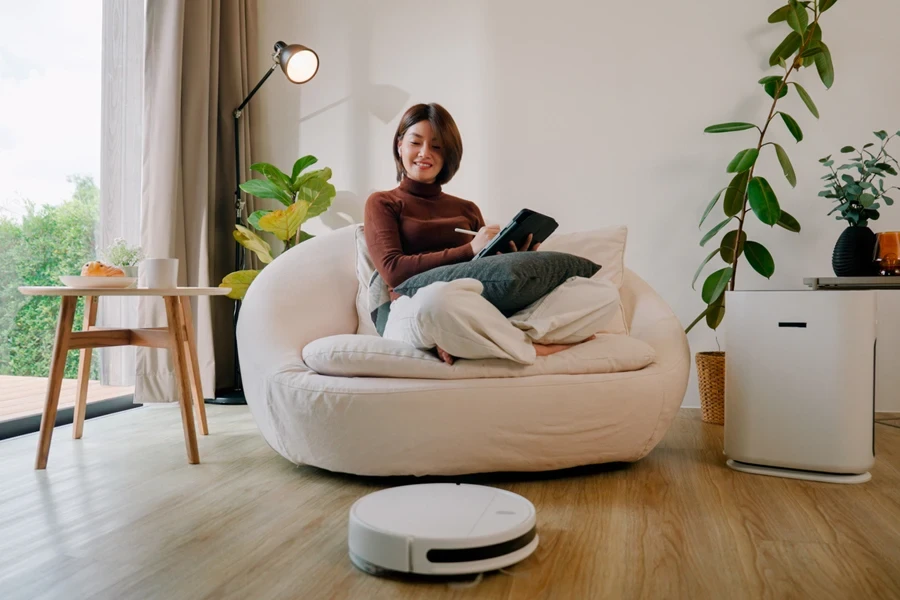
Another important consideration is how the auto-empty cordless vacuum cleaner will navigate the user’s home. Here, retailers can stock options with three different technologies:
- LiDAR-based technology: These smart vacuums use lasers to scan and map a room, making them highly accurate and efficient.
- Camera-based vacuums: These models use built-in cameras to create a visual map. However, they can struggle in low light conditions.
- Sensor-based vacuums: These navigate by bumping into obstacles and adjusting their path. The downside is that they may miss some spots and won’t map as precisely as the other types. It’s worth mentioning that they also have cliff sensors to stop them from falling off edges, like stairs.
3. Cleaning modes
Auto-empty cordless vacuums often have different cleaning modes that users can control through a companion app. For instance, they can use “Auto” mode for everyday cleaning, while “Spot” mode makes the robot focus on specific areas that need extra attention (like messy kitchens or busy living rooms).
But that’s not all. These smart vacuums also have an “Edge” mode perfect for cleaning along walls and corners, leaving no dirt behind. Depending on their routine, consumers with access to these modes can keep their homes as clean as possible and even schedule cleanings in advance.
4. Battery life
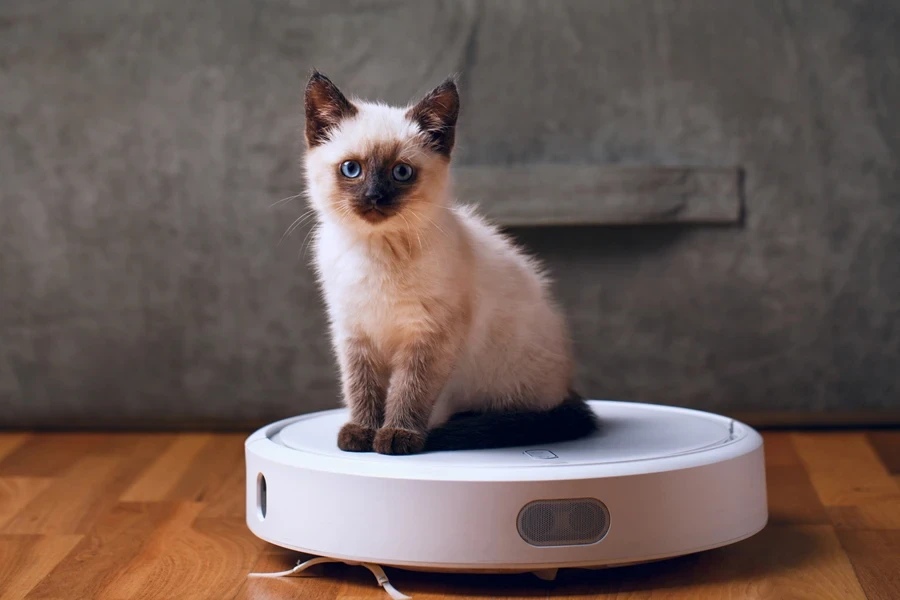
Another big benefit of auto-empty cordless vacuums is their ability to clean large areas without being limited by cords. However, how long they will run depends on their battery life. Most models can be cleaned for over an hour before recharging.
But if consumers have a bigger home, they’ll want options with longer battery lives to avoid interruptions. Remember to remind consumers that updating the software, cleaning the brushes/sensors regularly, and avoiding overcharging are great ways to keep the batteries in good shape.
5. Suction strength & floor compatibility
Suction power is at the heart of any vacuum’s performance. It doesn’t matter how futuristic it looks: if it can’t pick up debris effectively, it’s not worth it. Manufacturers measure suction power in Pascals (Pa)—so the higher the number, the stronger the suction.
The average suction strength of most smart vacuums is 3,000 to 5,000Pa. However, if consumers want something that can deep clean even the toughest dirt, they’ll go for models in the 8,000 to 11,000Pa range. Also, consider the consumer’s flooring type. Hard floors and tiles won’t need as much suction as carpets, which trap more dirt.
6. Multi-function cleaning (vac + mop)

Vacuuming is just half the battle in many households—mopping is another big chore. So, many newer cordless models come with a built-in mopping option. The vacuum can pick up larger debris and pass over the floor with a damp pad or cloth.
Vacuums with mopping functions can save time and help catch tiny particles that trigger allergies. One caveat is that mopping effectiveness can vary depending on the device. Be sure to tell consumers if models are better for light wipes or deeper cleaning
7. Dustbin & dock size
Even if a vacuum empties itself, there’s still the matter of where all that dust ends. Some docks have large containers (up to 3L) that only need emptying every 30 days (or longer), while others fill up faster if the home is big or particularly messy. People who want a truly “set it and forget it” approach might prefer a model with a bigger capacity. On the flip side, a smaller dock can be less bulky and easier to tuck away, so there’s a bit of a trade-off.
8. Filtration for allergy control
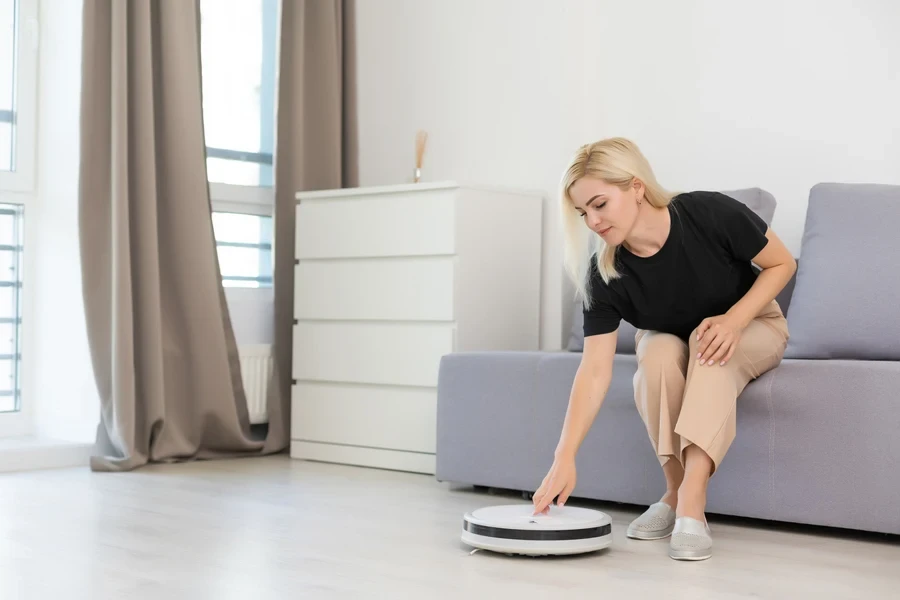
If retailers have customers with allergies, they’ll be thrilled to know that many auto-empty cordless vacuums now have HEPA or similarly high-grade filters. Those filters help trap allergens, pet dander, and fine dust, preventing them from blowing back into the room. This is especially important in an auto-empty setup because it helps keep the dust sealed away, even when emptying the docking canister.
Note: Retailers should also check if consumers can easily find replacements. Depending on usage, people generally need new filters every few months. So, stocking those filters can mean extra sales and convenience for your shoppers.
9. Noise levels
One thing that often surprises people is how noisy (or quiet) a vacuum can be. Auto-empty cordless vacuums with stronger motors may produce a noticeable roar. So, most consumers specifically look for quieter options, especially if they have babies, skittish pets, or those who just want to run the vacuum at night or on a calm morning. Businesses can also offer models with a “silent mode,” though they typically reduce suction power a bit when active.
10. Smart features
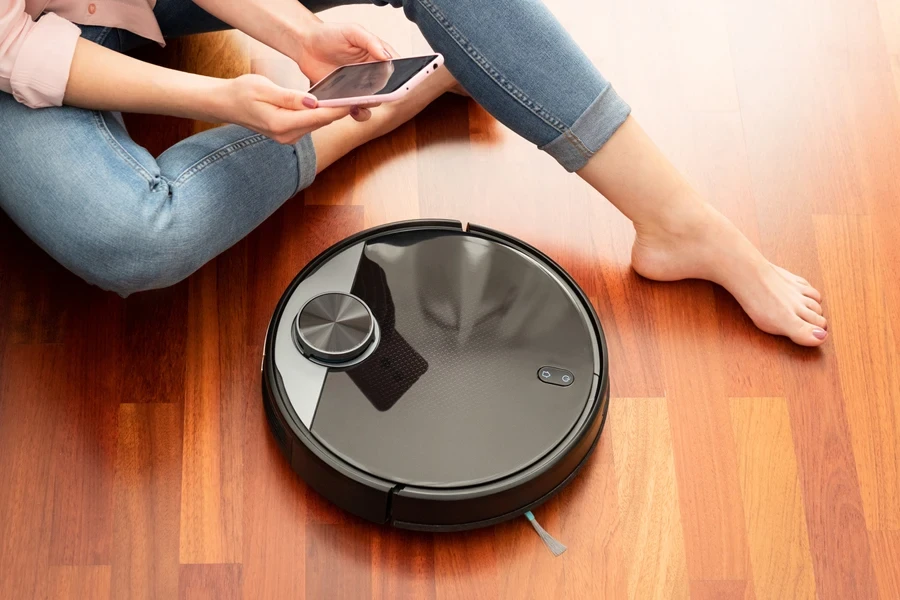
Smart vacuums are getting more advanced, making cleaning even easier. Consumers can manage their vacuums with app control, voice commands, and scheduling features. The companion app acts as a control center, letting them start, pause, or schedule cleanings with a few taps.
If consumers find the app tricky (like seniors or people with disabilities), voice control offers a better alternative. Auto-empty vacuum cleaners can come with voice assistants that understand natural speech, so users can just say what they need.
Wrapping up
Auto-empty cordless vacuums are certainly a step forward for anyone who hates dealing with dust bins or constantly swapping out vacuum bags. And choosing one shouldn’t be complicated. Retailers should consider these ten features, from battery life and suction power to filtration and self-emptying capacity, to ensure consumers get a model that best suits their lifestyle.
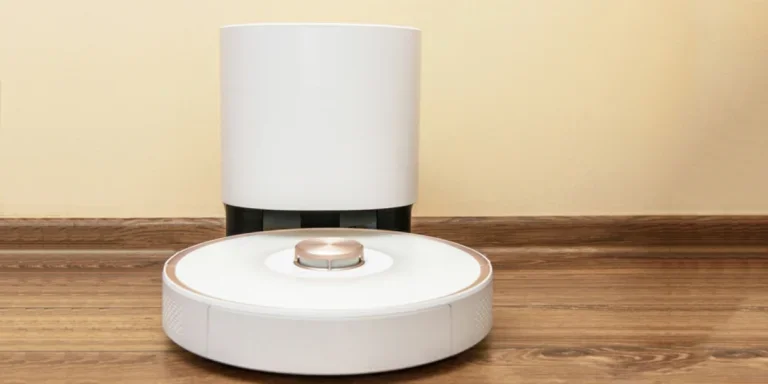

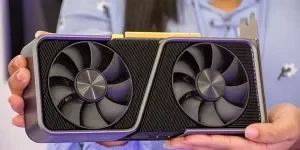


 Afrikaans
Afrikaans አማርኛ
አማርኛ العربية
العربية বাংলা
বাংলা Nederlands
Nederlands English
English Français
Français Deutsch
Deutsch हिन्दी
हिन्दी Bahasa Indonesia
Bahasa Indonesia Italiano
Italiano 日本語
日本語 한국어
한국어 Bahasa Melayu
Bahasa Melayu മലയാളം
മലയാളം پښتو
پښتو فارسی
فارسی Polski
Polski Português
Português Русский
Русский Español
Español Kiswahili
Kiswahili ไทย
ไทย Türkçe
Türkçe اردو
اردو Tiếng Việt
Tiếng Việt isiXhosa
isiXhosa Zulu
Zulu